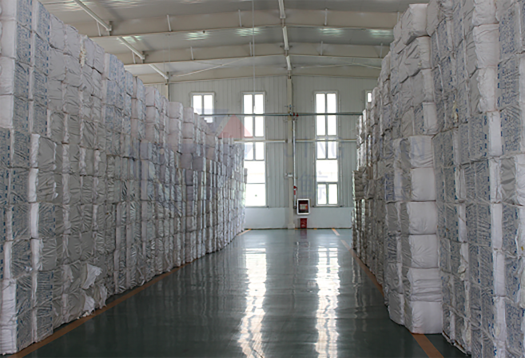
Ное . 22, 2024 19:19 Back to list
hydroxyethyl cellulose manufacturing process
The Manufacturing Process of Hydroxyethyl Cellulose A Comprehensive Overview
Hydroxyethyl cellulose (HEC) is a non-ionic, water-soluble polymer derived from cellulose, a natural polymer found in the cell walls of plants. It is widely used in various industries including pharmaceuticals, cosmetics, and food due to its unique properties such as thickening, film-forming, and stabilizing abilities. The manufacturing process of hydroxyethyl cellulose involves several key steps that ensure the final product meets the required purity and performance standards.
1. Raw Material Selection
The first step in the manufacturing of HEC is the selection of high-quality cellulose. Cellulose can be derived from various sources, with wood pulp and cotton being the most common. The raw cellulose is processed to achieve the desired purity and to remove any impurities or non-cellulosic materials that may interfere with subsequent chemical reactions.
2. Alkalization
Once the cellulose is purified, it undergoes an alkalization process. This typically involves treating the cellulose with a sodium hydroxide (NaOH) solution. The purpose of alkalization is to “activate” the cellulose by breaking down its crystalline structure, making it more reactive. This step is crucial as it enhances the reactivity of cellulose for the following etherification process.
3. Etherification
Following alkalization, the activated cellulose is subjected to an etherification reaction with ethylene oxide (EO). This is where the hydroxyethyl groups are introduced. The reaction occurs in an inert atmosphere to prevent unwanted side reactions. The temperature and the concentration of the ethylene oxide are carefully controlled to ensure the optimal degree of substitution, which significantly affects the properties of the hydroxyethyl cellulose.
During etherification, the hydroxyl groups of the cellulose react with molecular ethylene oxide, resulting in the formation of hydroxyethyl groups. This step is critical as the degree of substitution determines the solubility and viscosity of the final product. The reaction time can vary, influencing the characteristics of the HEC produced.
4. Neutralization and Purification
hydroxyethyl cellulose manufacturing process

After the etherification process is completed, the reaction mixture still contains unreacted ethylene oxide and other byproducts. The next step involves neutralizing the alkaline solution, usually done by adding a dilute acid such as hydrochloric acid (HCl) or acetic acid. This neutralization step is essential to stop the reaction and prepare the product for purification.
The hydroxyethyl cellulose is then subjected to a series of washing and filtration processes to remove any residual chemicals, unreacted materials, and byproducts. This purification process ensures that the final product is of high purity, which is vital, especially in pharmaceutical and food applications.
After purification, the hydroxyethyl cellulose is typically in a wet form and needs to be dried. The drying process can be done using various methods, including tray drying or spray drying, depending on the desired particle size and properties. Once dried, HEC may be milled to achieve the desired particle size and consistency, ensuring that it can be easily incorporated into formulations.
6. Quality Control and Packaging
Quality control is a critical step in the manufacturing process of hydroxyethyl cellulose. Various tests are conducted to assess the viscosity, solubility, moisture content, and overall purity of the product. Only after passing these stringent quality checks is the HEC packaged for distribution.
The end product can be found in various forms, including powders and granules, and can be tailored to specific applications by adjusting the degree of substitution and molecular weight during the manufacturing process.
Conclusion
The manufacturing of hydroxyethyl cellulose is a complex process that requires careful control and precision at each stage. From raw material selection and alkalization to etherification, purification, and quality control, each step plays a vital role in determining the quality and performance of the final product. As HEC continues to be an essential component in various applications, advancements in its manufacturing process are likely to further enhance its utility in diverse industries.
-
Versatile Hpmc Uses in Different Industries
NewsJun.19,2025
-
Redispersible Powder's Role in Enhancing Durability of Construction Products
NewsJun.19,2025
-
Hydroxyethyl Cellulose Applications Driving Green Industrial Processes
NewsJun.19,2025
-
Exploring Different Redispersible Polymer Powder
NewsJun.19,2025
-
Choosing the Right Mortar Bonding Agent
NewsJun.19,2025
-
Applications and Significance of China Hpmc in Modern Industries
NewsJun.19,2025







